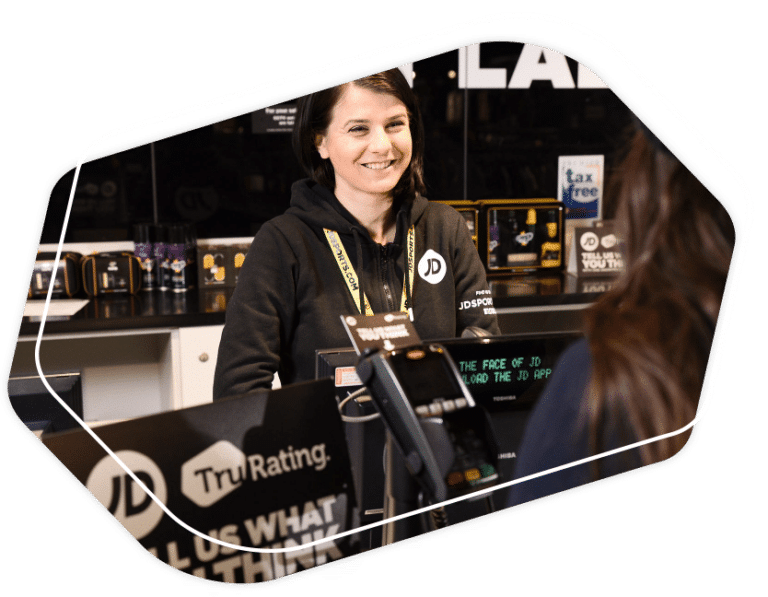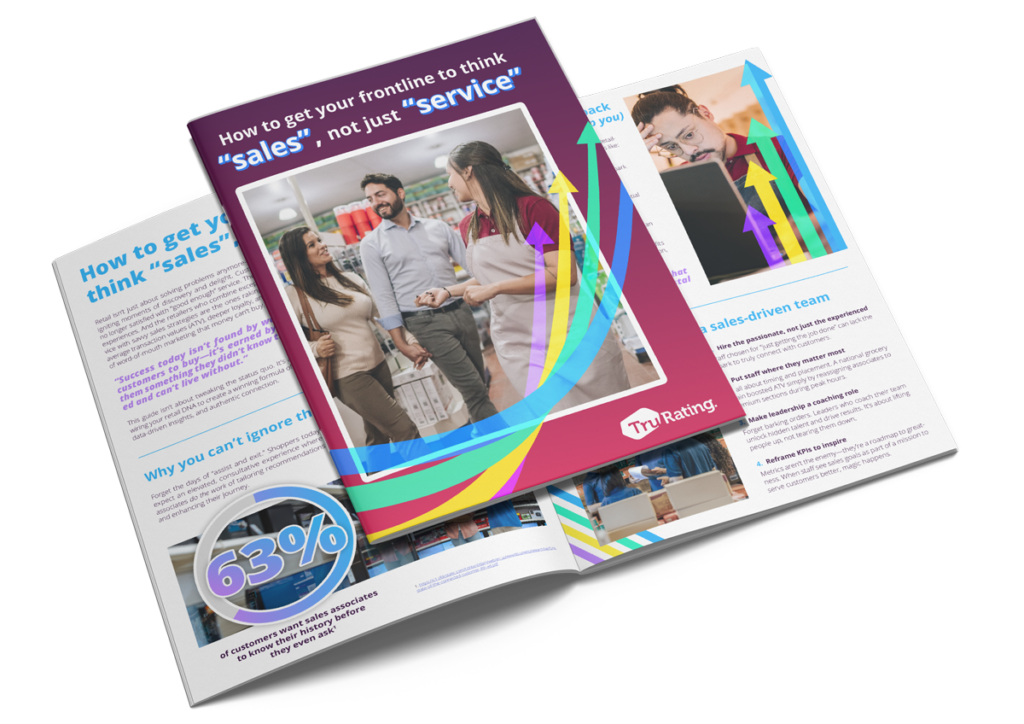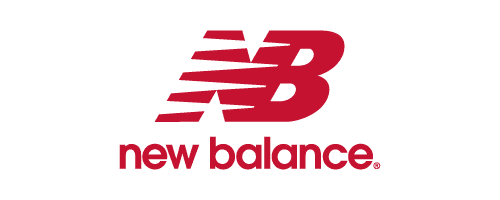At its core, conversion in retail is about turning browsers into buyers. Whether it’s online or in-store, the goal is to get customers to complete a desired action, like making a purchase. However, measuring conversion and understanding the reasons behind it is no easy task. Many businesses rely on tools like conversion tablets at the exit, QR code surveys, focus groups, and geo-targeted surveys. While these methods aim to capture customer feedback and insights, they often fall short in delivering actionable data.
In today’s highly competitive retail environment, understanding and optimizing conversion rates is more crucial than ever for business success. However, relying on outdated or ineffective measurement tools can lead to significant missed opportunities and prevent businesses from fully realizing their potential. Traditional methods may not capture the full picture, leading to skewed data and misguided decisions. To stay ahead, it’s essential for businesses to address the limitations of these current methods and adopt strategies that are more in tune with evolving customer behaviors and preferences. By embracing more accurate and customer-centric approaches, businesses can gain deeper insights into what drives their customers to make purchases, ultimately leading to higher conversion rates and sustained growth.
Why Current Conversion Measurement Tools Are Failing
1. Tablets at the exit
Tablets at the exit face significant challenges in gathering reliable data. Shoppers in a hurry are unlikely to stop and complete a survey, leading to participation from only a small, specific group of customers. Those who do take the time to fill out the surveys might have stronger opinions, which may not accurately represent the average shopper’s experience. This limited participation can really restrict the results, causing very little useful data about conversion.
2. QR code surveys
QR code surveys also struggle with engagement. Many customers may ignore the QR codes, resulting in a low response rate, and regular shoppers who are familiar with the store might bypass these surveys altogether. Additionally, some customers may not have smartphones or know how to use QR codes, further reducing participation. Even when responses are collected, they might lack depth, as participants could rush through the survey, providing only superficial answers. With the lack of depth, QR code surveys provide, retailers aren’t getting the data they need to help them make changes and turn non-shoppers into shoppers.
3. Focus Groups
Focus groups, while useful in some contexts, also come with limitations. These sessions typically involve only a limited number of participants, which may not represent the broader customer base. Furthermore, the presence of a moderator and other participants can influence responses, leading to biased feedback. Organizing focus groups and analyzing the results is also time-consuming, which may not be practical for businesses that need quick insights.
4. Geo-targeted surveys
Geo-targeted surveys face both privacy and accuracy issues. Customers might feel uneasy about being tracked based on their location, leading to low participation rates. Additionally, these surveys depend on precise geo-targeting technology, which can sometimes be inaccurate, resulting in data being collected from the wrong customers. These challenges highlight the limitations of these traditional methods and emphasize the need for businesses to explore more effective ways of measuring and understanding customer behavior.
Why these methods aren’t working
These feedback methods often hit only a small segment of the customer base. This can lead to incomplete data and misguided conclusions about what’s working and what isn’t. Additionally, many businesses fail to track all customer interactions consistently, which means they might miss out on critical insights.
Moreover, feedback collection is often inconsistent. Businesses may only receive responses from customers who are particularly upset, missing out on the everyday shopper’s perspective. This imbalance can lead to a skewed understanding of customer needs and behavior. Missing out on these perspectives can lead to cause retailers to miss out on what changes need to be made to boost conversion.
Boost conversion rates, in a new way
So, if current methods aren’t working, what should you do? It all comes down to capturing a higher volume of feedback, identifying what actually matters to customers, and then enabling your stores to take action. That’s possible with TruRating. Learn more about retail conversion strategy insight packages.
Don’t leave conversion to chance—download our 6-page guide on conversion analysis today and discover strategies to turn more of your visitors into loyal customers.
Useful resources
- Predictive analytics in retail – examples and strategies
- Phygital in retail — bridging the gap between physical and digital CX
- Retail pricing optimization – strategies, models and examples
- Business intelligence in the retail industry – strategies and trends
- The difference between multichannel and omnichannel retailing












